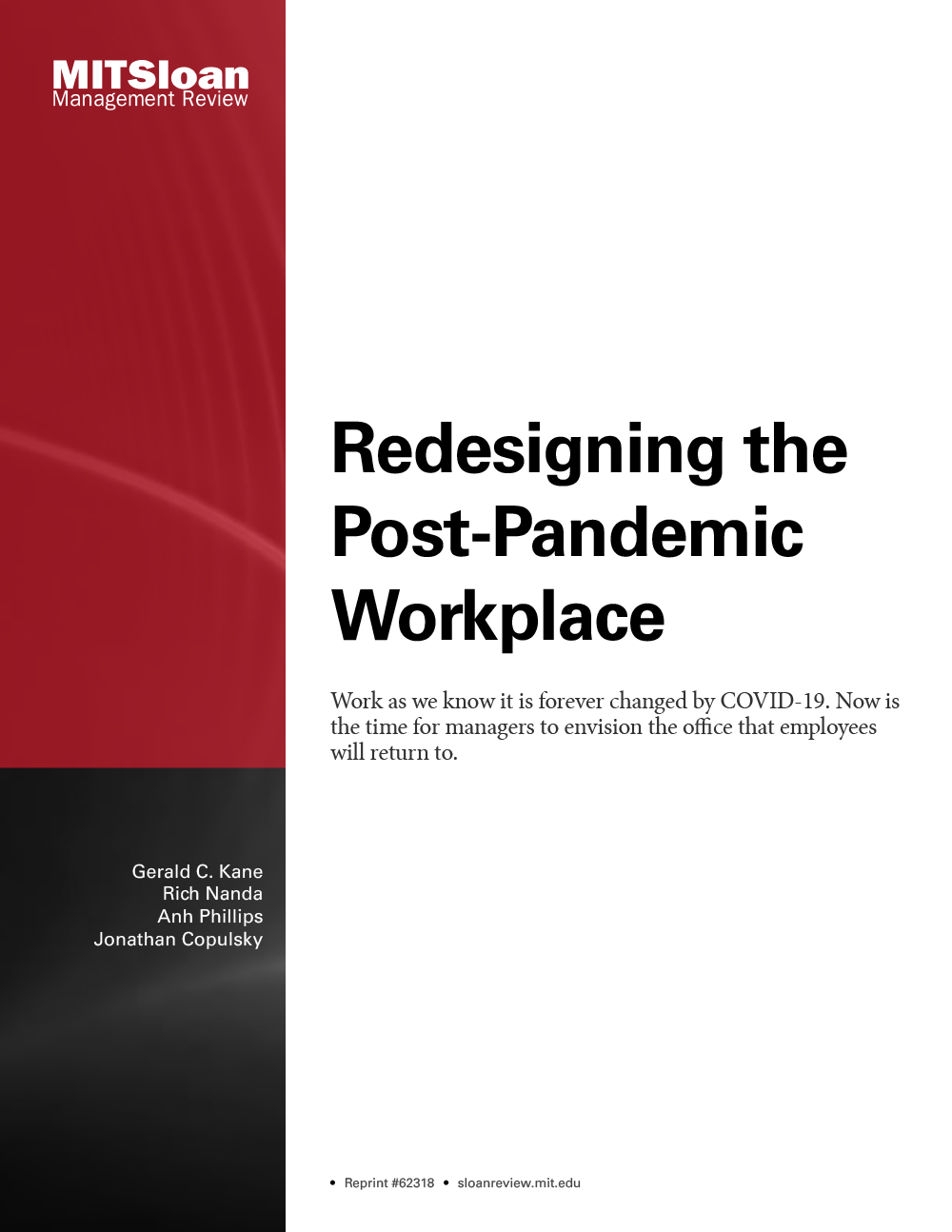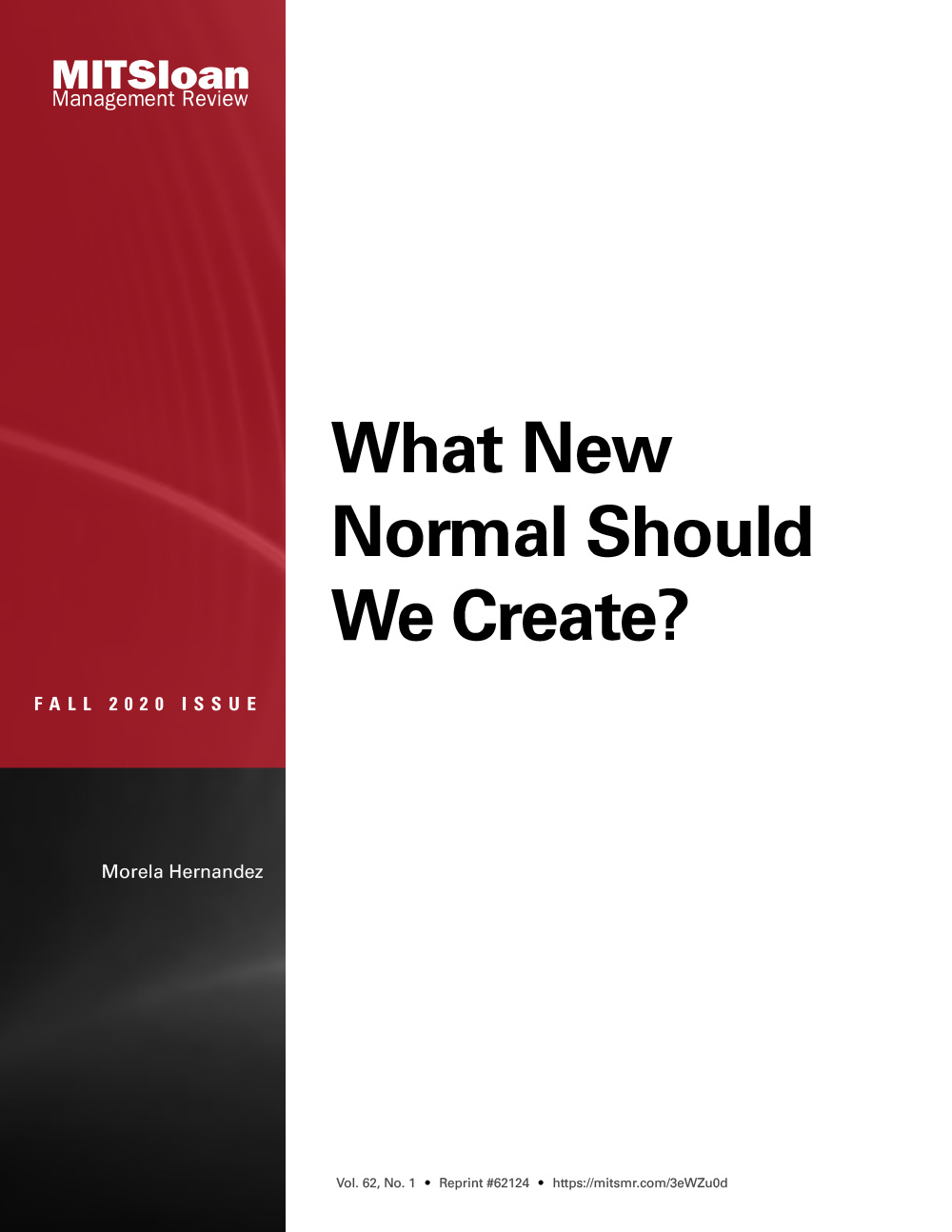We’re moving toward a system of work design that will profoundly change the roles of organizational leaders.
Leadership
Organizations are more challenging to manage than ever — with technological advances, unprecedented uncertainty, and novel workforce demands. Learn how to lead teams and organizations through it all.
Page 19 of 46










